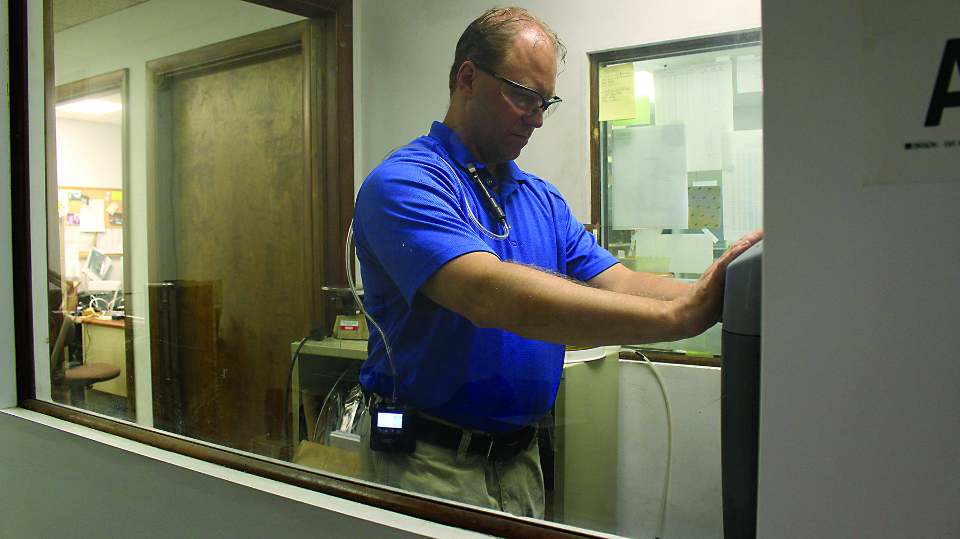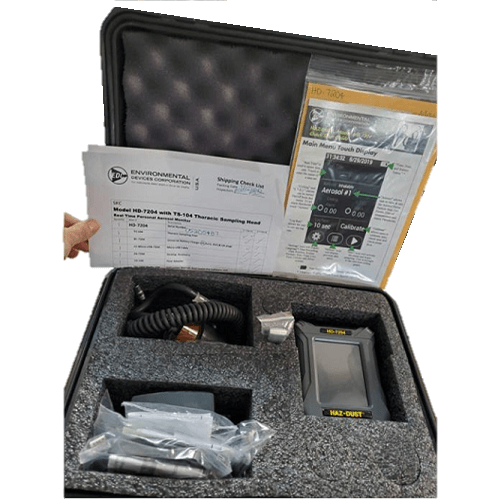

Smaller air volumes may be necessary when there is excessive non-asbestos dust in the air. If more than about 25 to 30% of the field area is obscured with dust, the result may be biased low. High levels of non-fibrous dust particles may obscure fibers on the filter and lower the count or make counting impossible. Note: Do not overload the filter with dust. Suggested maximum air sample volumes for specific environments are:Īsbestos removal operations (visible dust)Īsbestos removal operations (little dust) The most significant problem when sampling for asbestos is overloading the filter with non-asbestos dust.For Excursion Limit (30 min sampling time) evaluations, a minimum air volume of 48 L is recommended. A suggested minimum air volume when sampling to determine TWA compliance is 25 L.Secure the cassette on the collar or lapel of the employee using spring clips or other similar devices. The distance from the nose/mouth of the employee to the cassette should be about 10 cm. Assure that each sample cassette is held open side down in the employee’s breathing zone during sampling. Remove the end cap of each cassette and take each air sample open face. Connect each pump to the base of each sampling cassette with flexible tubing.If possible, calibrate at the sampling site. bubble burette) to calibrate each pump or a secondary standard such as a rotameter. Calibrate each sampling pump before and after sampling with a calibration cassette in-line (Note: This calibration cassette should be from the same lot of cassettes used for sampling).Always choose a flow rate that will not produce overloaded filters.

The sampling flow rate must be between 0.5 and 5.0 L/min for personal sampling and is commonly set between 1 and 2 L/min.

Asbestos PCM Air Sampling Air Sampling for PCM Analysis


 0 kommentar(er)
0 kommentar(er)
